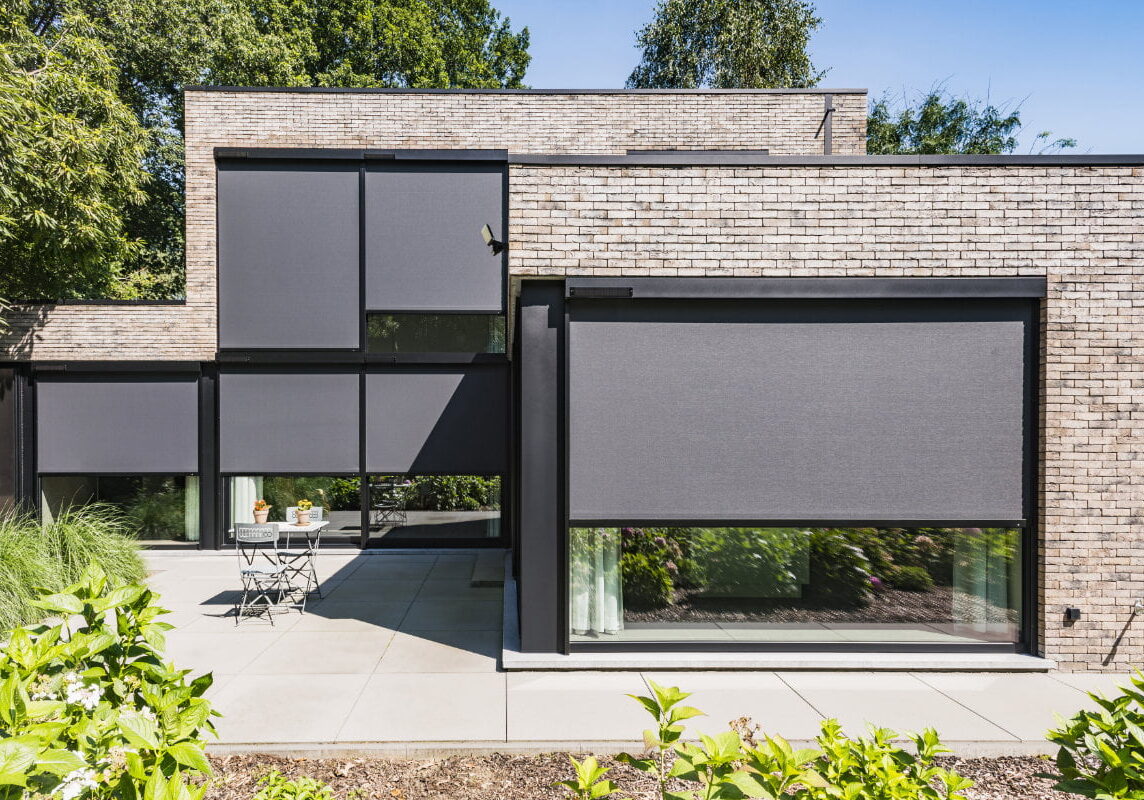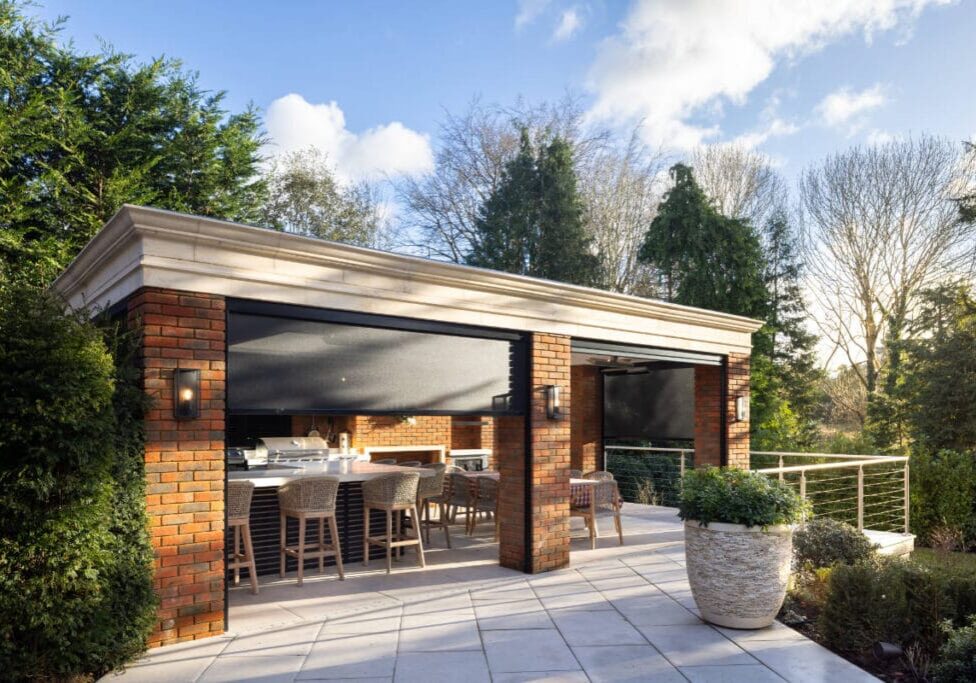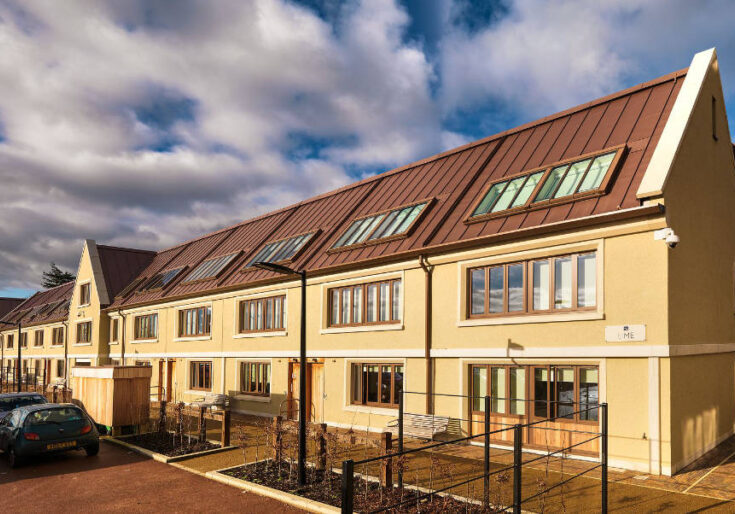What Causes Overheating and How to Resolve with External Blinds

Yes, I know what you’re thinking. Overheating with our wet summers? The chance would be a fine thing. Surely, we should be thinking about insulation and damp proofing our homes instead?
But overheating can be a big problem for homes in the UK, especially with climate change and the design trend in new houses and flats for large windows.
What causes overheating?
As soon as the sun hits any window which isn’t shaded, solar energy is internally absorbed with the accumulated heat released back into the home causing the greenhouse effect, making it uncomfortably hot.
Most people begin to feel warm if the temperature rises above 26 degrees Celsius affecting our ability to sleep and in general causing discomfort. Heat exhaustion occurs when the mercury hits 35 degrees Celsius, leading to an increased risk of illness from respiratory and cardiovascular disease, and in some cases, death.
Overheating is more of a problem in large cities such as London and some areas of Manchester because of lack of green space and tall buildings making nighttime cooling difficult.
What laws and regulations exist to prevent overheating in homes?
Thankfully, since the introduction of the Building Regulations Approved Document Part O in June 2022, overheating is now an issue that has to be taken seriously by the building industry.
The regulations mean house builders need to protect the health and welfare of occupants of buildings by making sure they mitigate high internal temperatures through the size and location of windows.
Although the building regs don’t apply to renovations and extensions, it’s still really important to keep them in mind for your own comfort. According to a 2019 report Housing Fit for the Future by Climate Change Committee, around 20% of homes (4.5 million) currently overheat even in cool summers.
How can I stop my home overheating?
Part O of the building regulations aims to make sure that buildings are designed and constructed to stop unwanted solar gains in summer and there is an adequate means of removing excess heat from the home.
Part O makes the following recommendations for limiting solar gain. The regulations place strong emphasis on passive cooling, with air conditioning recommended only as a last resort.
- Limiting window sizes as per the guidance provided in the document. The recommended maximum window size varies depending on the orientation of the window - for example, south-facing windows receive more solar gain and so should be smaller.
- Installing solar glass
- Providing shading, for example with overhangs, brise soleil, external shutters or blinds
- Air conditioning - but only in cases where there is no way to cool the indoor environment without it.
One of the best ways to avoid overheating is to install external blinds on the exterior of the building which are specifically designed to regulate the amount of sunlight and heat entering a building.
How exterior blinds work
Our beautifully designed exterior blinds are environmentally friendly and low-maintenance and remove the need for expensive air conditioning.
The blinds are made with an aluminium frame and tough fibreglass fabrics and are adjustable so you can control the amount of light and heat allowed into the building, reducing the temperature inside by 5 degrees.
Best of all, you don’t need to worry about lack of light getting through the window either because the unique heat reflecting fabrics still allow the light into your house and for you to continue to see the world outside. The blinds simply prevent glare, keeping the room cool and protecting furniture from sun damage.
Find out more about exterior blinds here.



